|
In his book Gerhard
Richter: A Life in Painting (2002), Dietmar Elger touches briefly on Richter’s
visit to the Duchamp retrospective at the Museum Haus Lange in Krefeld in 1965. The show, Elgar recounts, “made
a strong
impression . . . triggering shifts in [Richter’s] thinking—some large, some
subtle—that would affect him long into the future.” The gallery devoted to Richter at the High
Museum of Art in Atlanta wonderfully brings to light the lasting and
multifaceted impact of Duchamp on Richter’s art. A centerpiece of the museum’s impressive
contemporary collection, the Richter room offers a remarkable sampling of
Richter’s later output (the earliest of the works is from 1988): three
paintings (two abstracts and one photo-based portrait) and two large glass
installations. Taken together, the works
offer a provocative illustration of Richter’s continued grappling with the
Duchampian readymade and its implications for pictorial art.
The idea of the readymade
was, of course, introduced into
art history in the early-twentieth century with Duchamp’s practice of
designating as works of art commonplace, mass produced objects such as a bottle
rack, a snow shovel, and, most notoriously, a urinal (Fountain, 1917). At a talk he gave at New York’s
Museum of
Modern Art in 1961, Duchamp outlined briefly some of the ideas that lay behind
the readymade. First, the choice of an
object to be designated a readymade was, Duchamp said, “never dictated by
aesthetic delectation.” “This choice,”
he went on to say, was instead “based on a reaction of visual indifference with
at the same time a total absence of good or bad taste . . . in fact, complete
anesthesia.” Equally important, Duchamp
continued, was the readymade’s “lack of uniqueness.” In his essay entitled “Painting: The Task
of
Mourning,” reprinted in his book Painting
as Model (1990), Yve-Alain Bois argues that Duchamp’s “readymades were not
only a negation of painting and a demonstration of the always-already
mechanical nature of painting. They also
demonstrated that within our culture the work of art is a fetish that must
abolish all pretense to use value.”
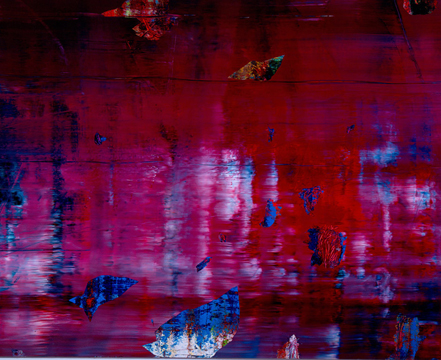
Gerhard Richter Abstract Painting (Abstraktes Bild), 1997. Courtesy of the High Museum and the artist.
That Richter understood
the readymade’s implications for
painting in a way similar to Bois’s formulation is suggested by his almost
immediate artistic response to the Duchamp retrospective, the painting Toilet Roll (Klorolle) (1965).
From a
newspaper photograph of a toilet paper roll, Richter painted a deadpan grisaille reproduction (the source
material is included in Atlas, Richter’s
compendium of found photos, snapshots, newspaper clippings, and sketches). Clearly evoking Fountain, Duchamp’s
most notorious readymade, this early painting
heralds Richter’s career-long fascination with the anonymous, mass-produced,
documentary nature of the photograph, which pushes it in the direction of the
readymade. In Pictures of Nothing (2006), Kirk Varnedoe discusses the transformations
of the aesthetic of the readymade by Richter’s almost exact contemporary, the
American Jasper Johns (b. 1930). Varnedoe
writes that in his flags and targets Johns “transmutes Duchamps’s idea of the
readymade into something new. It is a
way of making art rather than a way of not
making it.” While Richter rejects what
he writes off as Johns’s fidelity “to a culture of painting that had to do with
Cézanne,” he similarly explores the implications of the Duchampian readymade
for pictorial art.
Richter’s reputation
rests primarily on the paintings that,
like Toilet Roll, uncannily resemble
their photographic sources. His comments on photography suggest that
Richter’s turn to painting from photographs stems from his understanding of the
photograph as a kind of readymade. Striking
a rather Duchampian note, a notebook entry from 1964 reads: “Painting from a
photograph seemed to me the most moronic and inartistic thing that anyone could
do.” “The fascination of a photograph,” he adds a page later, “is not in its
eccentric composition but in what it has to say: its information content.” That same year, he writes again, “That
is why
I like the ‘non-composed’ photograph. It
does not try to do anything but report on a fact.” Richter seems to intuit what Duchamp later
stressed as one of the key ingredients of the readymade: “just this matter of
timing, this snapshot effect.” In her
influential essay “Notes on the Index” (1976) [reprinted in The Originality of the Avant-Garde and Other
Modernist Myths (1986)], Rosalind Krauss elaborates on the parallels
between the photograph and the readymade, arguing that both are “about the
physical transposition of an object from the continuum of reality into the
fixed condition of the art-image by a moment of isolation, or selection.” Richter’s repeated insistence
that he likes
photographs because they have “no style, no composition, no judgment” would
seem to suggest that his interest in photography devolves on an idea of the
photograph as readymade, on photography’s ability to isolate an object with a
minimum of manipulation, modification, or alteration. Richter appears to regard the camera in a way
similar to that of contemporaries such as Warhol, Ed Ruscha, or Douglas
Huebler—as a dumb recording device.
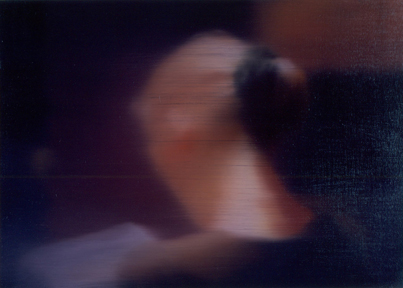
Gerhard Richter, (7991) Lesende (The Reader), 1994. Courtesy of
the High Museum and the artist.
Over thirty years separate
Richter’s first paintings from photographs from the works in the High’s collection.
Nevertheless, as these works
make clear, Richter’s dialogue with Duchamp continues in subtle and provocative
ways. The collection contains one
photo-based painting, Lesende
(1994). Unlike many of Richter’s early
paintings from photographs, Lesende originates
not with a “found” photograph but with one that Richter took himself, a
snapshot of his wife, Sabine, reading. (Again,
the source photograph can be found in Atlas). The
painting’s origin in a photograph introduces into the painting first Richter’s
rejection of the idea of the painting surface as “window” onto the world. As Richter had written as early
as 1962, “The
idea that art copies nature is a fatal misconception. Art has always operated against nature and
for reason.” And, while the photograph
from which Richter paints is not a “found” object, it does approach the idea of
the “snapshot as readymade.” The model
in the photograph is not posed, but presumably caught unawares as she reads
from the German weekly news magazine Der
Spiegel.
Lesende provocatively
engages photography, the readymade, and painting--both abstract and Old Master. Richter’s source photograph brings
an element
of contingency to the painting, as the “sitter” is turned away from the camera,
absorbed in her reading. Because Richter
eliminates almost all detail from the painting, the figure is removed from any
kind of context. Pushing the painting in
the direction of abstraction, Richter focuses on the fields of black, brown,
and red that play off the white of the reader’s page, blonde hair, and
whiteness of her neck. In an entry from
his notebooks from the mid-sixties, Richter jotted down: “The photograph has an
abstraction of its own, which is not easy to see through.” Richter’s famous “blurring” of the
painting
surface brushes up against photography’s abstractions at the same time that it
evokes Old Master paining, specifically Vermeer of Delft. In his
book on Richter, Elger notes that Lesende’s
“sister” work, Lesende (CR: 804), a
similar painting with Sabine reading in profile (currently in the collection of
the San Francisco Museum of Modern Art), “is a clear attempt to bring Jan
Vermeer’s A Girl Reading a Letter by an
Open Window (ca. 1659) into the twentieth century.” That Richter’s model reads Der Spiegel, a
mass produced magazine,
brings yet another layer to a deceptively simple painting, superimposing
representational systems: painting on photography, and mass media on painting. Although the perspectival system of
Renaissance painting treated the picture plane as a window through which to see
the world receding into the distance, there is an equally strong historical
discourse that posits the picture plane as a mirror “held . . . up
to nature.” The impeccably smooth, glass-like finish of the painting combined
with the allusion to mirrors in the title of the journal the model reads
suggest humorously Richter’s turn away from the idea of painting as a window. The
painting mirrors the surface of the reader’s reality much as the magazine
promises to mirror the world for her.
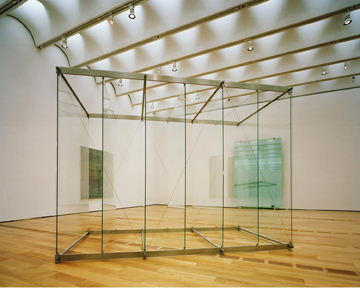
Gerhard Richter, 7 Standing Panes, 2002.
Courtesy of the High Museum and the artist.
Richter takes on this
dichotomy of painting as window or
mirror more directly in the glass installations, which directly engage
Duchamp’s The Large Glass
(1915-1923). Duchamp’s Large Glass is notoriously complex and
his notes to it arcane and enigmatic. Echoing
the irritation of his one-time teacher Joseph Beuys who famously quipped that “the
silence of Marcel Duchamp is overrated,” Richter has registered more than once
his impatience with what he calls Duchamp’s “mystery mongering.” But significantly for Richter, Duchamp’s
Glass contains mirrored surfaces and
shapes transferred from photographic imprints.
In an article entitled “Where’s Poppa?,” included in the collection
edited by Thierry De Duve entitled The
Definitively Unfinished Marcel Duchamp (1991), Rosalind Krauss has pointed
out that Duchamp had originally intended that the upper half of the Glass be coated with a bromide emulsion that
would have suggested a photographic plate. Richter had begun to address Duchamp’s Glass directly as early
as 1967 with his
4 Panes of Glass which, Elger tells
us, Richter had “understood as a transparent and in a figurative sense, clear
antithesis to Duchamp’s mystical Large
Glass.”
Richter’s glass
constructions at the High are stunningly
simple in execution. 11 Panes (2003) consists of just what
the title indicates, 11 panes of glass lightly glazed, stacked one upon
another. Mounted on the wall like a
painting, the hazy, mirror-like surface of the panes reflects the spectator’s
image back at him or her. This not-quite-transparent-not-quite
opaque quality of the panes makes them, as Richter said of his earlier colored
mirrors which the panes resemble, “a kind of cross between a monochrome
painting and a mirror.” The panes throw
spectators’ airy, blurring reflections back at them, making the viewer appear
almost like one of Richter’s photo-paintings.
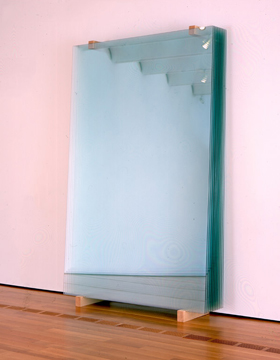
Gerhard
Richter, 11Scheiben (8863) (11Panes), 2003. Courtesy of the High Museum and the artist.
Comprised of 7 free-standing
panes of glass in a steel
construction, 7 Standing Panes (2002)
similarly evokes Duchamp’s Large Glass.
Once again, the reflective surfaces of
the piece throw our image back at us. As
we circle what appears to be a fairly simple piece, the shiny surfaces create
an ever changing, diffuse and muted reflection of our image and space. At times we catch a momentary glimpse of our
image multiplied in regress, recalling the famous mise en abyme image of Charles Foster Kane passing before a hall
of
mirrors toward the end of Welles’s Citizen
Kane (1941). As early as 1965,
Richter had written in his notebooks: “All that interests me is the grey areas,
the passages and tonal sequences, the pictorial spaces, overlaps and
interlocking. If I had any way of
abandoning the object as the bearer of this structure, I would immediately
start painting abstracts.” These recent
ripostes to Duchamp’s Glass execute
wonderfully just these “passages and tonal sequences,” the overlaps and
interlockings of our continuous shifting reflections. Rejecting what he calls the “pseudo-complexity”
or “manufactured mystery” of Duchamp’s Glass
(and its notoriously abstruse “notes”), Richter’s glass constructions operate,
as he has said, “immediately and directly,” outwardly unpretentious yet utterly
captivating.
As Richter suggests,
these large glass constructions are
related to the most radically abstract painterly tradition of the
monochrome. While Richter’s photo-based
paintings have always engaged ideas of abstraction, he did not begin to make
strictly abstract paintings until about the early seventies. When he did so, art critics found themselves
pressed to reconcile these abstractions with Richter’s photo-based
paintings. In a notebook entry from
1982, Richter writes, “Everything made since Duchamp has been readymade, even
when hand-painted,” ostensibly alluding to Duchamp’s observation that since the
widespread adoption of tubes of paint, all painting is to some degree
readymade. Might we view Richter’s
abstracts, then, through the lens of the readymade? If we accept that Richter views photographs as
readymades, then we might say of his abstract paintings what Bois said of
Robert Ryman’s paintings—that they get ”closer and closer to the condition of
the photograph or readymade.” Richter
himself suggests as much. In a 1972
interview with Rolf Schön, Richter says: “It [the photograph] had no style, no
composition, no judgment. . . And if I disregard the assumption that a
photograph is a piece of paper exposed to light, then I am practicing
photography by other means: I’m not producing paintings that remind you of a
photograph but producing photographs.
And, seen in this way, those of my paintings that have no photographic
source (the abstracts, etc.) are also photographs.”
The large, mostly grey
Abstract
Painting (2011) from the High’s Richter collection evokes Richter’s earlier
and quick remarkable series of monochromes Eight
Grey from 1975. But unlike those
earlier paintings, this one contains touches of brilliant color. Wonderful greens and deep reds lurk beneath
the mottled layers of grey paint that makes the canvas look almost like a found
object, like a weathered piece of sheet metal.
The even larger painting, Blau
(1988) (currently on loan to the High from a private collection), which hangs
right across from this painting consists of rich layers of paint in various
colors. A swath of blue paint sweeps
downward, diagonally, from about the mid-section. A white line running down almost from the top
of the canvas to the bottom right third of the canvas invokes perhaps the
famous “zips” of Barnett Newman, an artist that Richter speaks quite highly of. Splotches of red,
orange, yellow, and brown
cover the left side. The gestural look
of the painting is, however, something of an illusion. Close inspection reveals that the surface is
gouged and scratched. The dappled colors result from Richter’s use of a tool
such as a metal ruler to scrape and graze away layers of paint, leaving a
canvas that looks a bit like peeling wallpaper (perhaps an allusion to Harold
Rosenberg’s dismissal of second generation Ab Ex painting as “apocalyptic
wallpaper”) or metaphorically the layers of Troy. Perhaps Richter’s unearthing of layers of
paint alludes to Jackson Pollock’s practice, in paintings such as Ocean Greyness (1953), of leaving small
splotches that reveal the painting’s initial paint layers. Richter’s “excavation” here of his
own layers
of paint might even be a nod in the direction of de Kooning’s masterpiece Excavation (1950). But Richter’s
scratches and abrasions pull
abstraction away from the personal expression of a Pollock or a de Kooning,
pushing toward the anti-expressive factitiousness that Richter associates with
the photograph.
The works in the High’s
Richter room intrigue and astonish,
revealing, among many other pleasures Richter’s deep and inspired engagement
with another modern master, Marcel Duchamp.
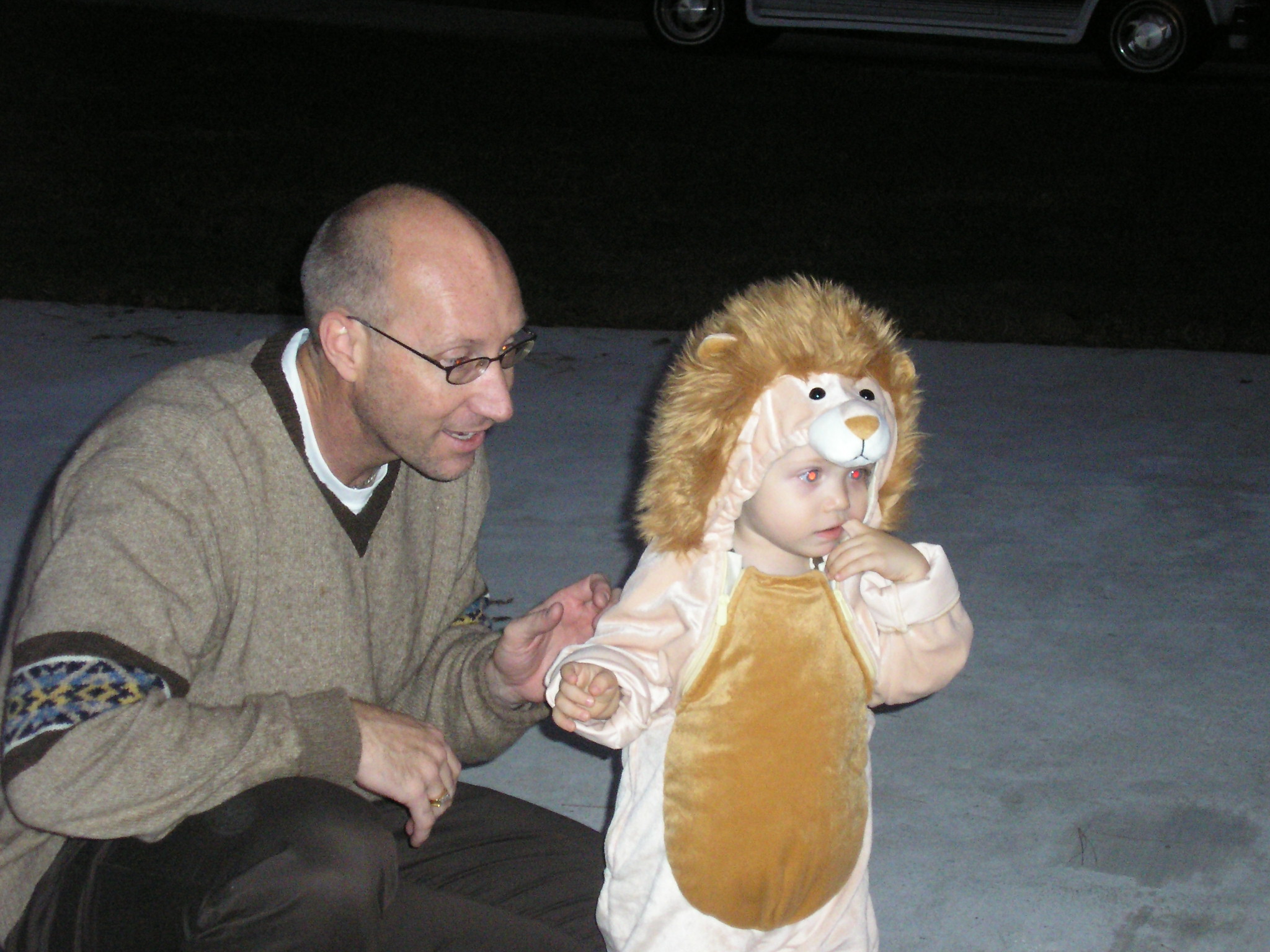
Robert Stalker
is an Atlanta-based freelance
arts writer.
|

